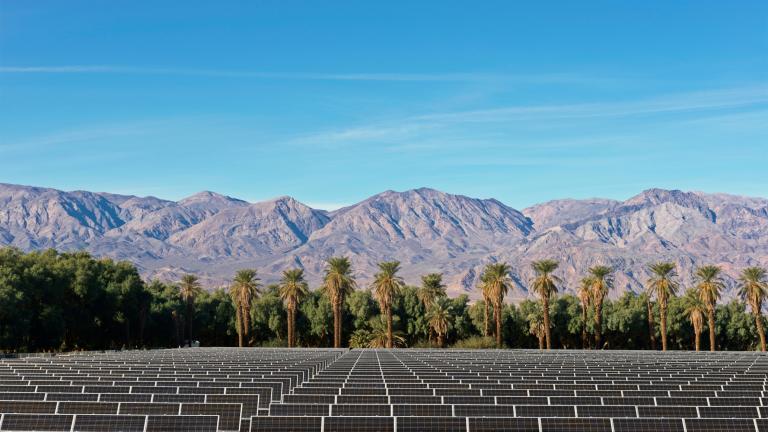
A few lonely academics have been warning for years that solar power faces a fundamental challenge that could halt the industry’s breakneck growth. Simply put: the more solar you add to the grid, the less valuable it becomes.
The problem is that solar panels generate lots of electricity in the middle of sunny days, frequently more than what’s required, driving down prices—sometimes even into negative territory.
Unlike a natural gas plant, solar plant operators can’t easily throttle electricity up and down as needed, or space generation out through the day, night and dark winter. It’s available when it’s available, which is when the sun is shining. And that’s when all the other solar plants are cranking out electricity at maximum levels as well, writes James Temple for the MIT Technology Review.
A new report finds that California, which produces one of the largest shares of solar power in the world, is already acutely experiencing this phenomenon, known as solar value deflation.
Read the full story at: https://www.technologyreview.com/2021/07/14/1028461/solar-value-deflation-california-climate-change/
Image credits: Getty





